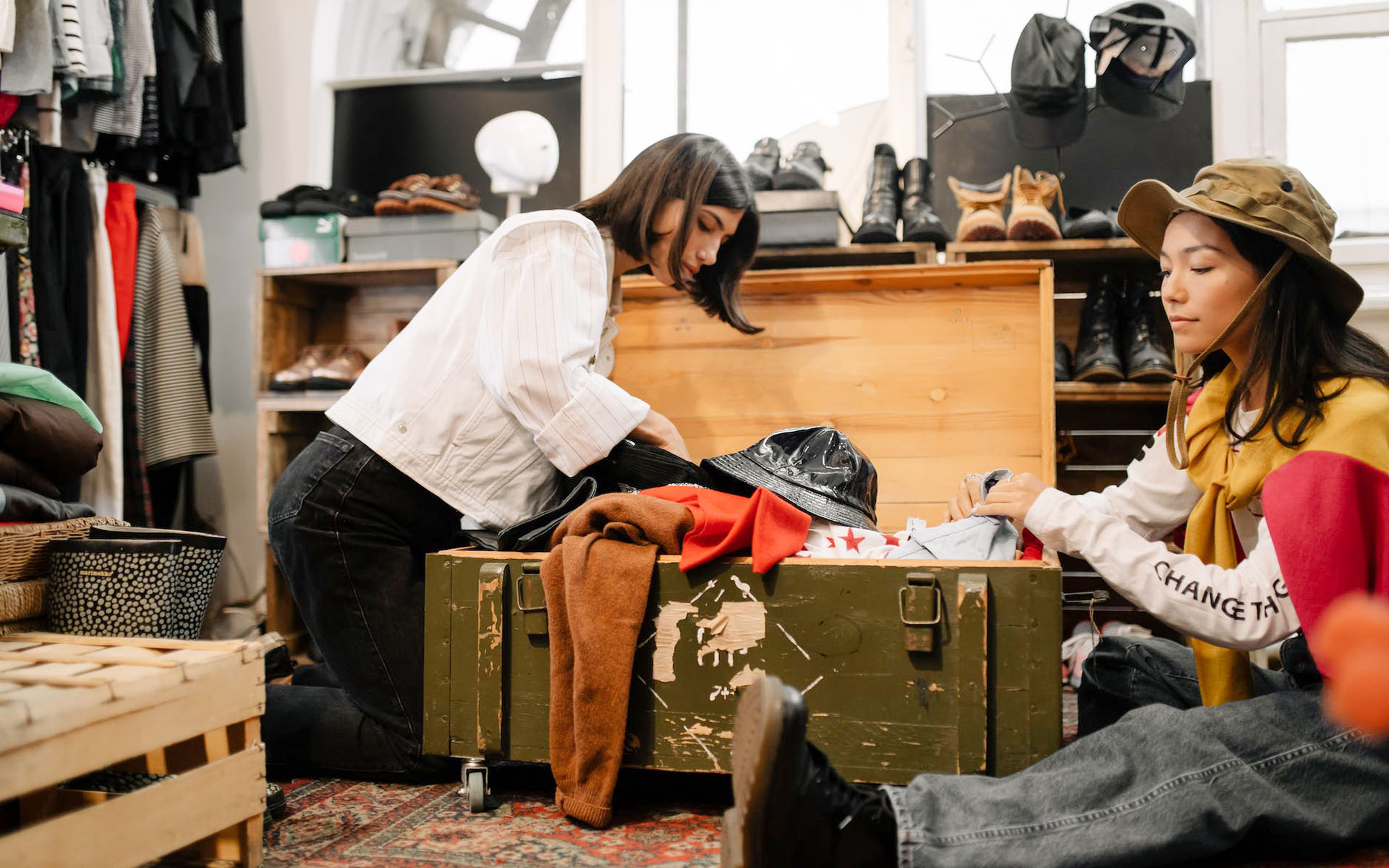Due to a new environmental awareness of the damage caused by the fashion industry, the second-hand buying and rental market is gaining ground.
Consumer concern for the environment is leading to more ethical purchasing to reduce the harmful carbon footprint.
And it is millennials and Generation Z that are driving that growth.
Circular fashion
To speak of second hand implies that the garment or item has already been used.
The global second-hand clothing market is believed to grow three times faster than the overall market. This will force firms to think about changing their business model from linear to a more circular consumption.
On the other hand, the rental of garments or accessories is a service that allows you to rent them for an event, party, or simply for daily use, for a certain period of time.
Platforms devoted to second-hand sales and rentals such as The RealReal, Rent the Runway, Vestiaire Collective, ThredUp or Vinted are the ones promoting a more circular economy.
The second-hand market will reach $64 billion over the next five years, ultimately surpassing fast fashion by 2029
-ThredUP states in its 2020 report
In a 2022 survey, Rent the Runway found that 89% of its users reported buying fewer clothes since subscribing. This demonstrates the ability of platforms to change people’s spending habits.
However, this is not a current trend.
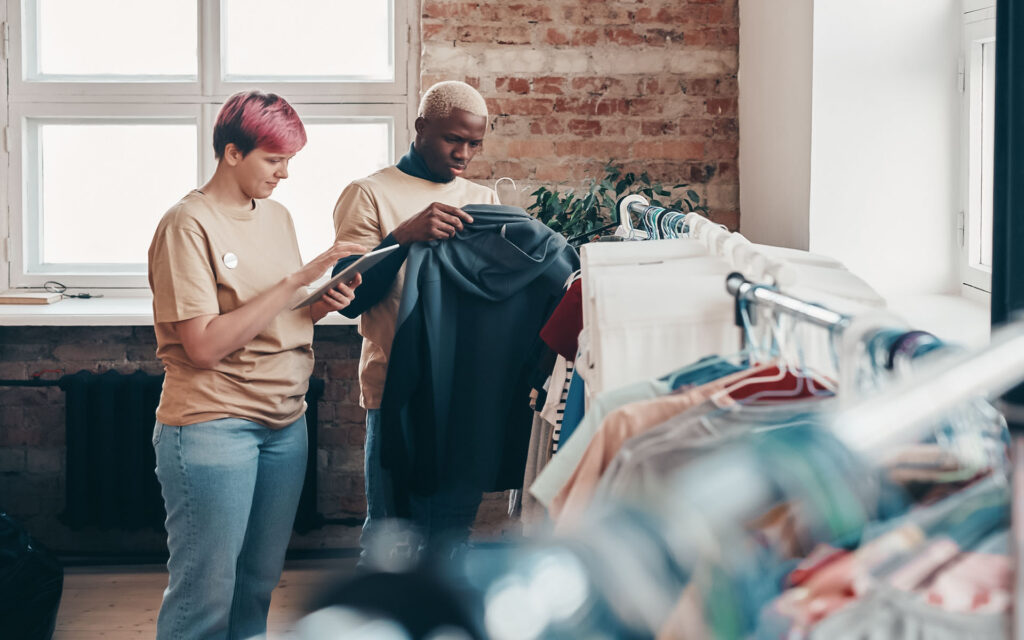
Second hand in fashion
During the Great Depression, the rising cost of materials and the difficulty in accessing new clothing meant that families had to opt for second-hand stores where they could find low-priced, good-quality items.
The same happened after World War II, when the business flourished in stores such as the Salvation Army and Goodwill.
In the 50s and 60s, the beats generation and hippies wore these types of garments not only for their low cost, but also as a form of rebellion against capitalism. It also happened in the 70s, with the punk movement, where it gained popularity.
Since 2019, the NGO Fashion Revolution during the month of September has been running the “Secondhand September” campaign, with the aim of getting consumers to commit to buying only second-hand clothes during that period.
Rental service in fashion
The fashion rental started almost two decades ago. It emerged thanks to the “Bag Borrow Or Steal” platform in 2004, becoming known after its appearance in the movie “Sex and the City” in 2008.
The type of service offered depends on the different platforms: you can rent it from the same platform or directly to other people.
Once the rental period is over, the consumers return the item or items, allowing fashion enthusiasts to wear the latest trends. Thusly, they avoid the guilt of buying something new, and cluttering the closet with garments that may have little use.
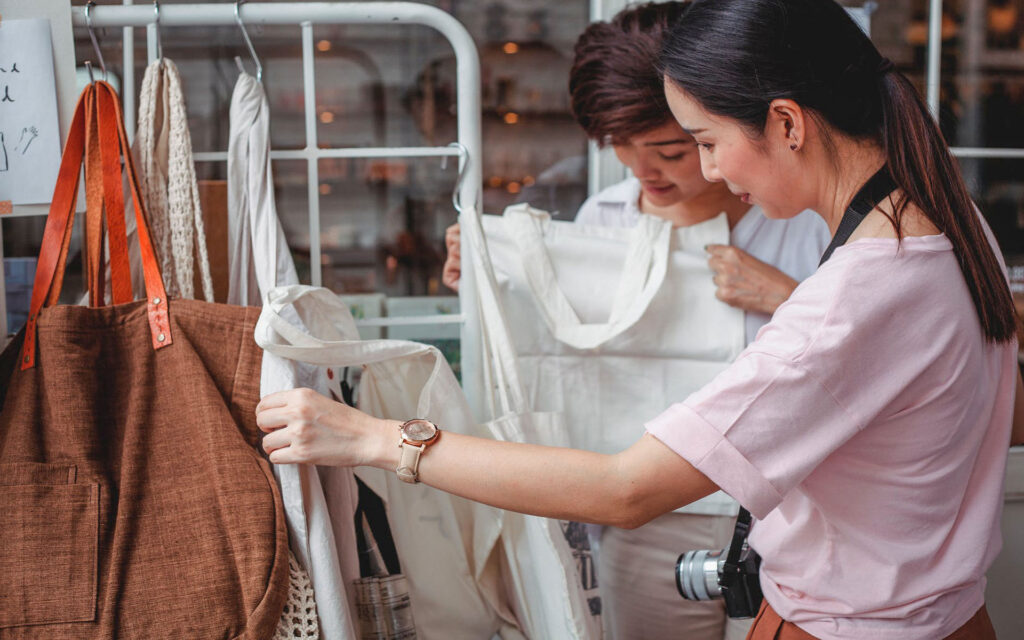
Pros vs. Cons
Advantages
There are many benefits to these two options, both for consumers’ wallets and for the planet, for example:
- Reduces production of new parts that can end up in landfills and then in soils and oceans
- Reduces water use
- Reduces air pollution from the use of chemicals
- Reduces excess waste
According to a report by luxury fashion retail platform Farfetch, “buying a used item on average saves 1 kg of waste, 3,040 liters of water, and 22 kg of CO2, compared to a new item.”
Disadvantages
As they are low-priced garments, if there is no conscious purchase, they can become more recurrent and unnecessary, contributing to excessive consumption.
In addition, while second-hand or rented garments may have a longer life, due to their prolonged use, its duration may be limited.
On the other hand, Finnish academics said in a report in Environmental Research Letters that the rental service could increase the use of transportation and dry cleaning. Which could make a more significant impact on global warming, since most of these services provide laundry and dry cleaning as part of their price.
Similarly, rental garments are often packaged with plastic or cardboard, which, if not recycled, would contribute to increased waste.
Greener fashion
Fortunately, more fashion brands are committing to change.
Isabel Marant
The French luxury brand is taking a step towards sustainability. It has launched a second-hand sales service platform where it offers its customers the opportunity to donate their items in exchange for credits.
Burberry
The British firm allows you to rent a selection of its products. It also allows you to buy them second-hand through a new partnership with the My Wardrobe HQ platform. This partnership is complementary to the company’s strategy to support the principles of a circular economy within the luxury sector by 2040.
Sandro Paris
The French fashion brand launched Sandro Secondhand. It is a second-hand sale service where customers can buy and sell products to other customers.
According to the firm: “Sandro is making an effort to move towards a more sustainable, responsible, and circular fashion. Our pieces are durable and made to last, so we want them to live many lives.”
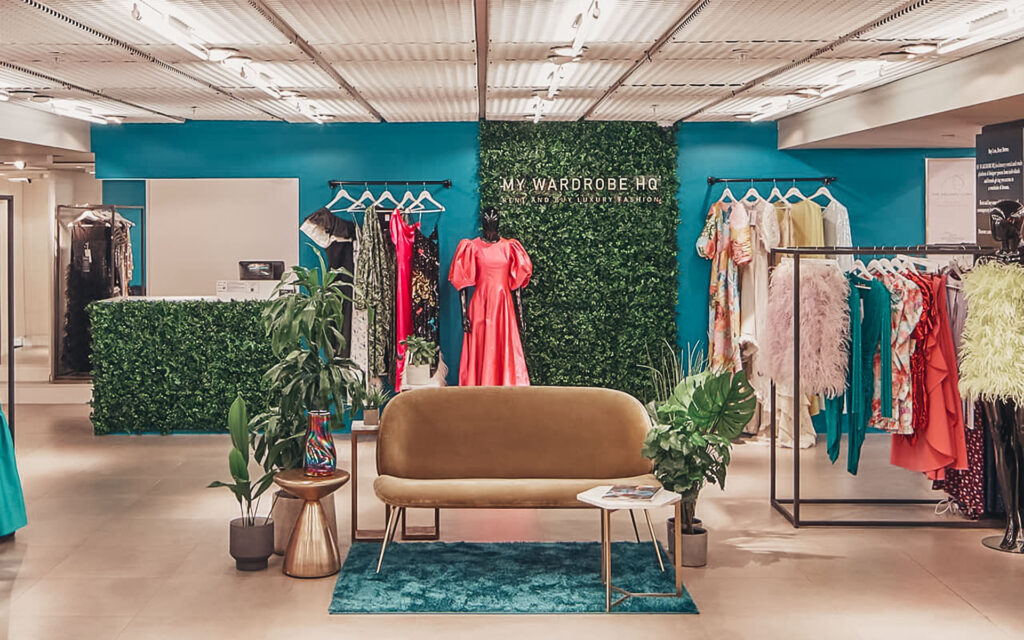
Patagonia
One of the pioneers in sustainability within the industry, in partnership with its customers, created Worn Wear as a commitment to a new model for the production, consumption, and ownership of garments, thus assuming responsibility throughout the life cycle of its products.
Worn Wear is a repair and resale program where your customers can exchange their garments for credit where they are inspected, cleaned, repaired, and resold.
H&M
The Swedish firm is expanding its options for renting its products. In selected stores in the cities of Amsterdam, Berlin, and Stockholm it offers this service in specific collections. Its H&M HOME line began offering it for occasions and celebrations.
Zara
The Spanish company launched the Zara Pre-Owned program, a platform for repairing, reselling, or donating used garments in order to extend their useful life. This initiative is a commitment by the company to move towards a more circular model.
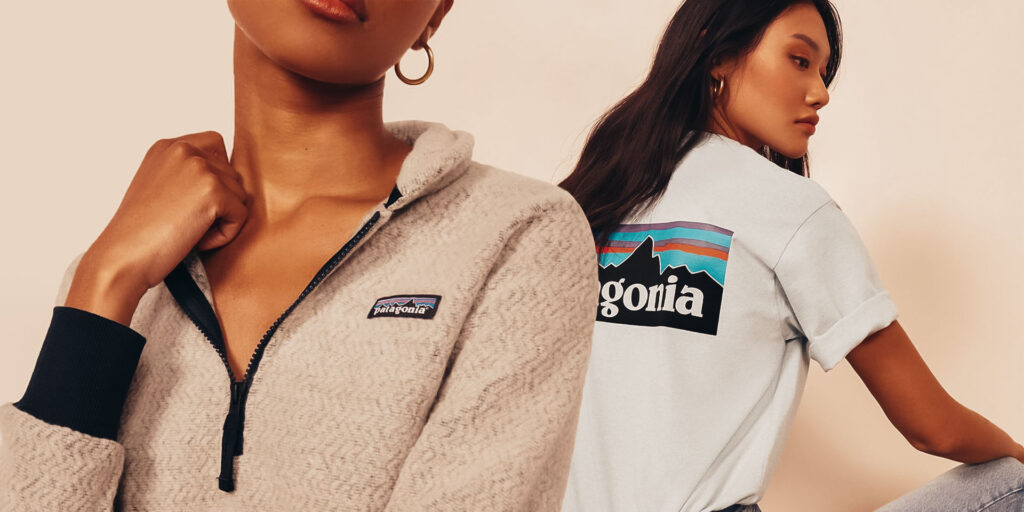
It is therefore fair to say that purchasing second-hand garments or renting them are sustainable solutions in an industry as polluting as the fashion industry.
Moreover, the overproduction is a massive problem within the industry. Therefore, the more consumers opt for one of these options, the lower the demand for new garments will be. As long as they are not treated as fast fashion.
For this reason, take care of your garments and before getting rid of them, ask yourself: can they be customized, modified, or sold?


